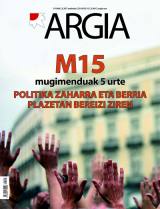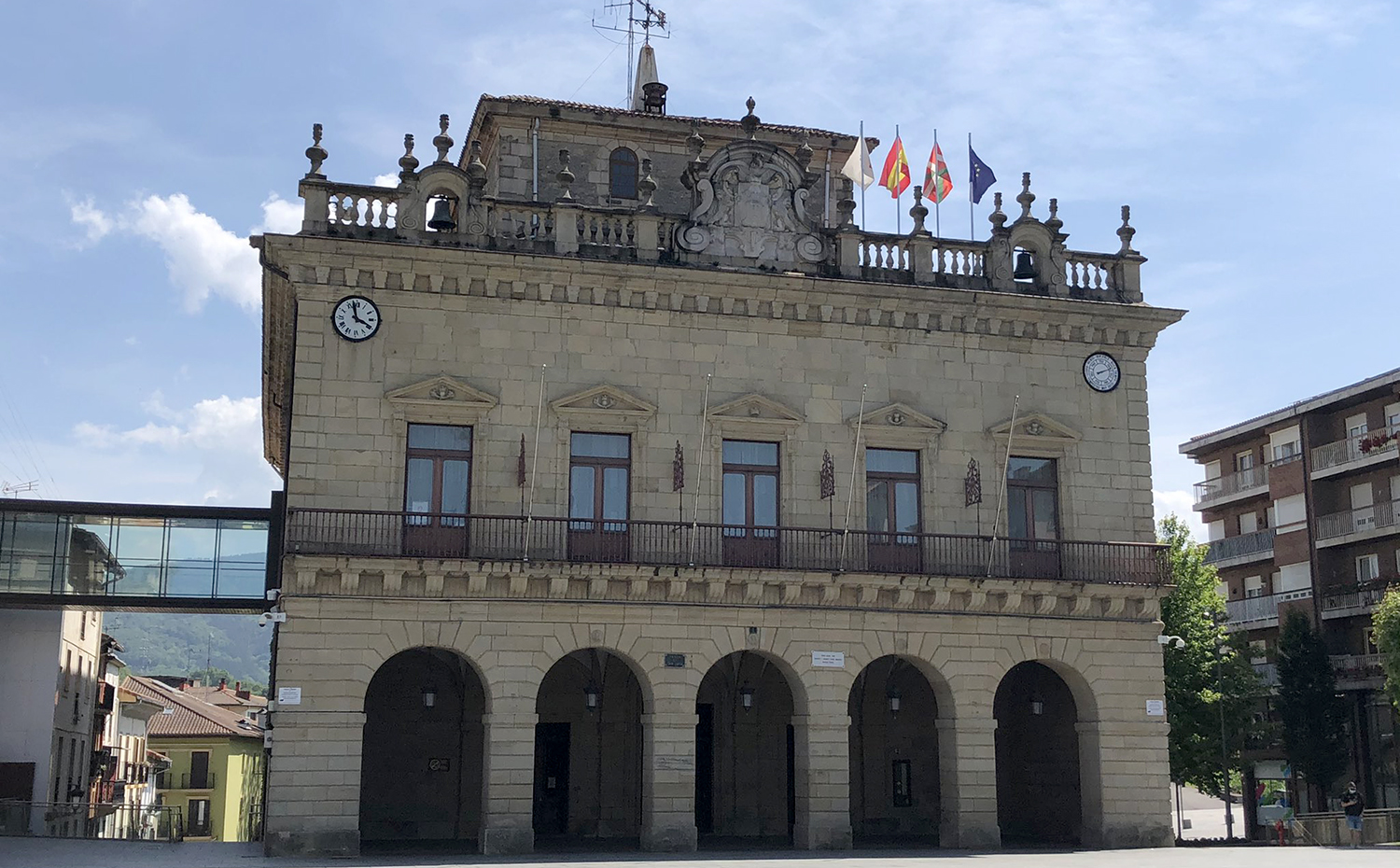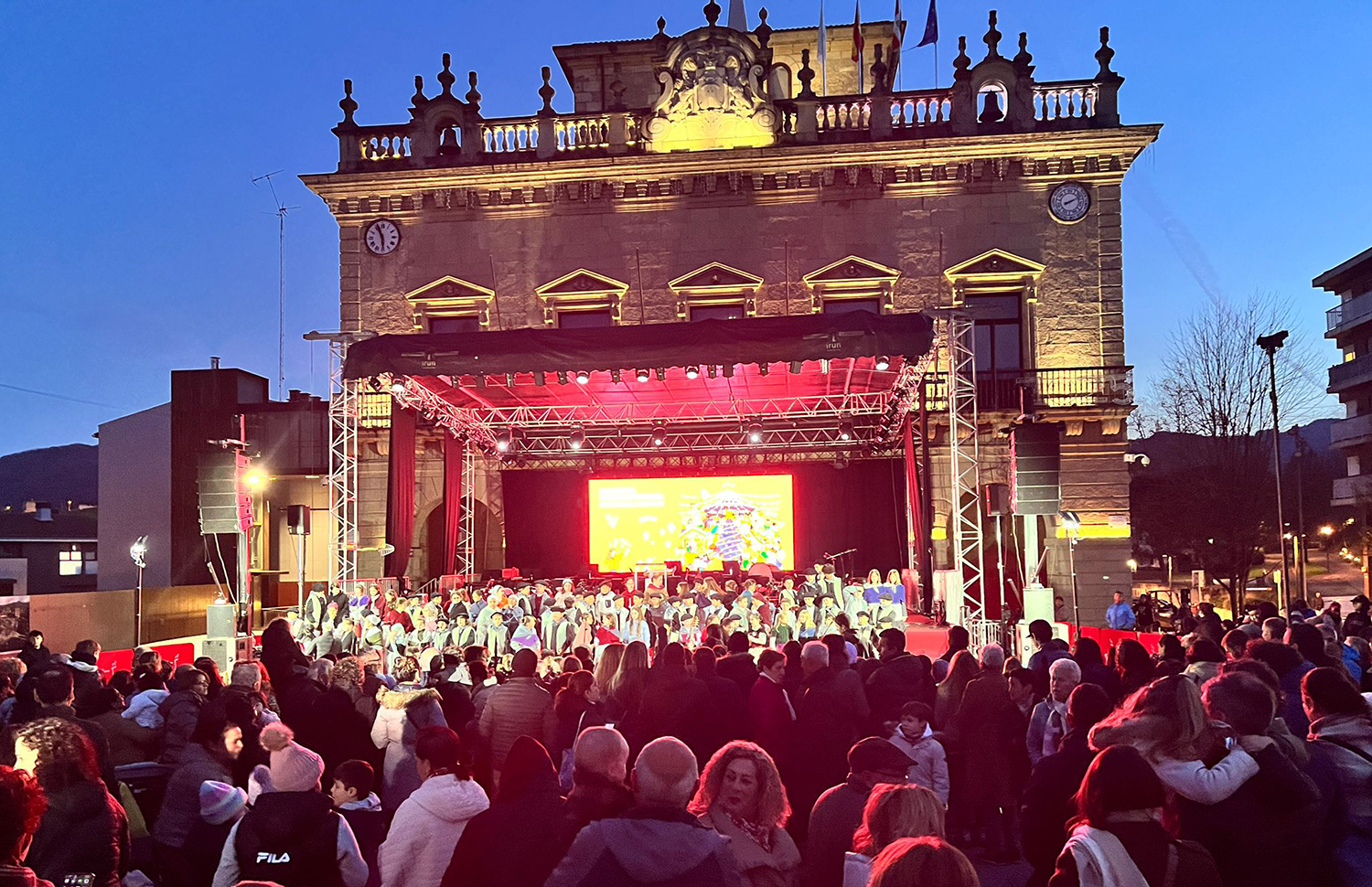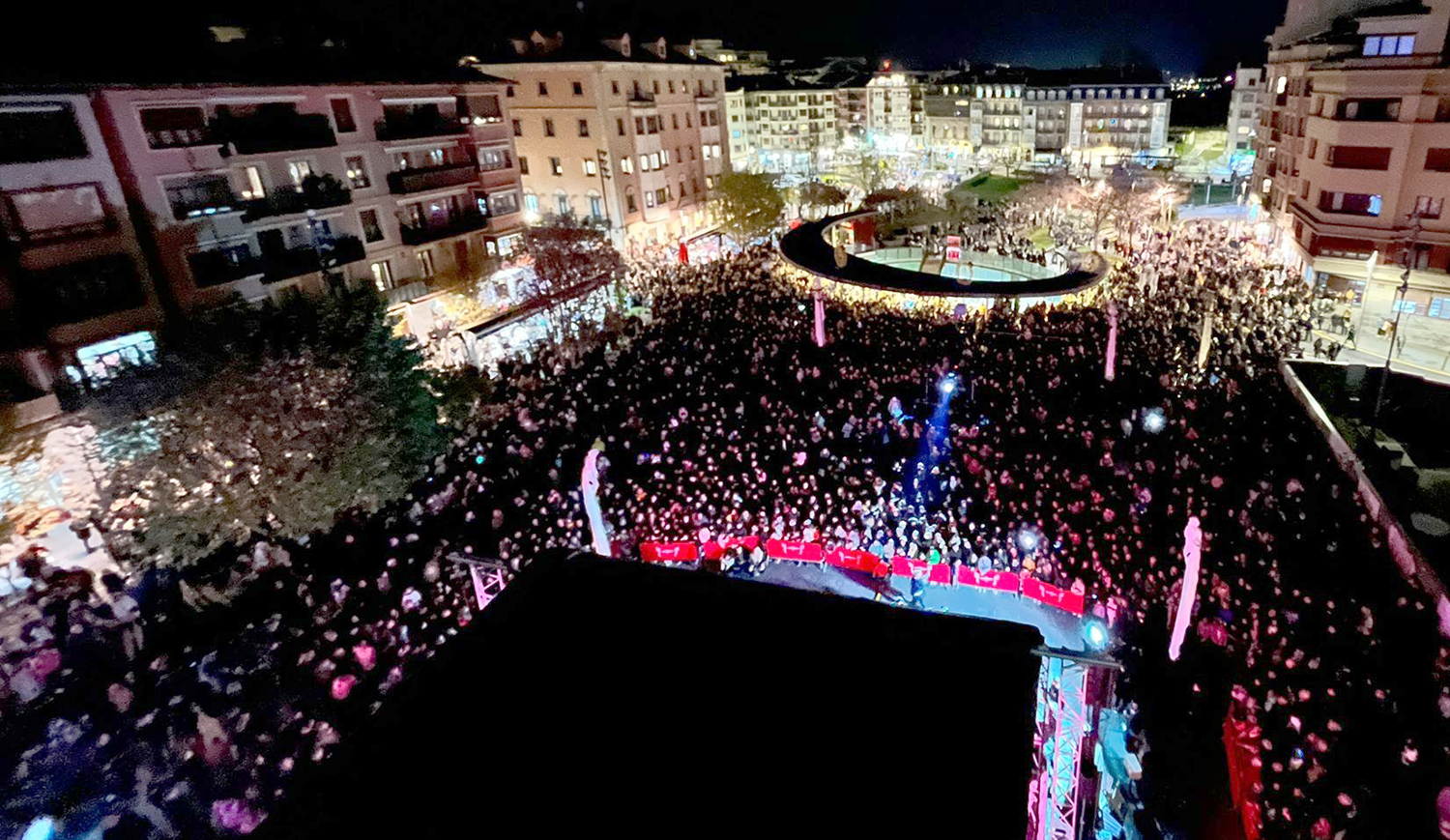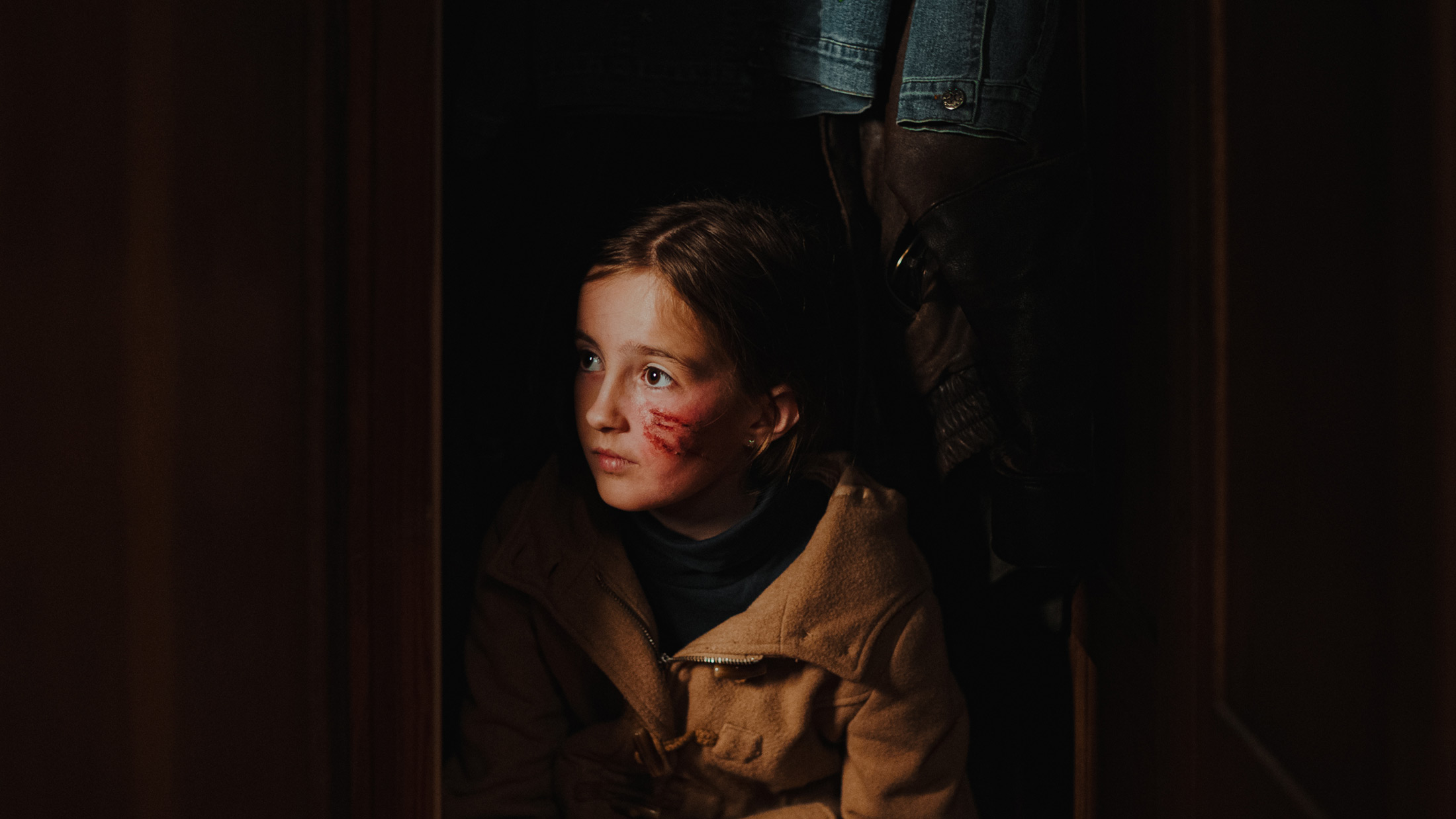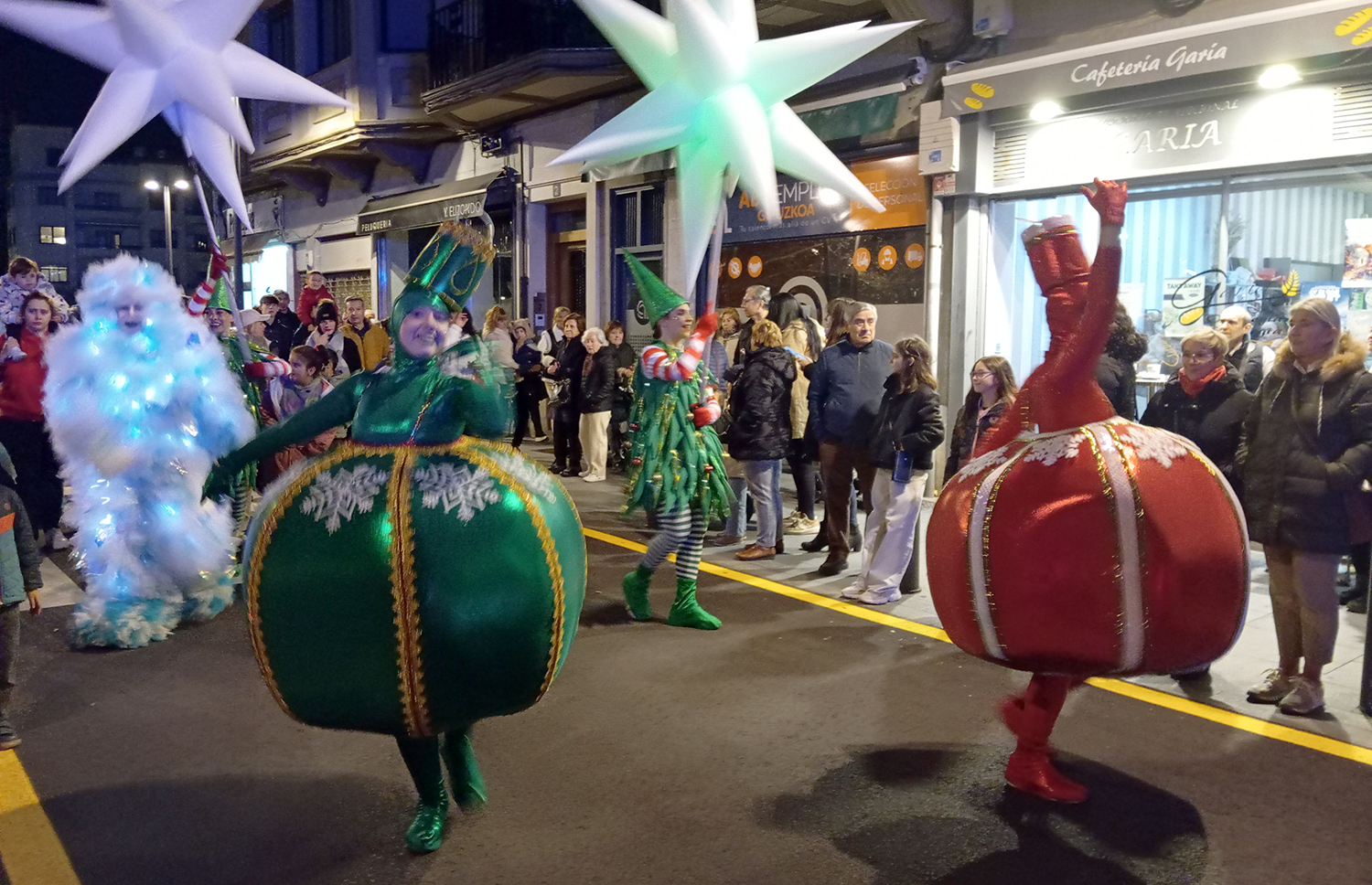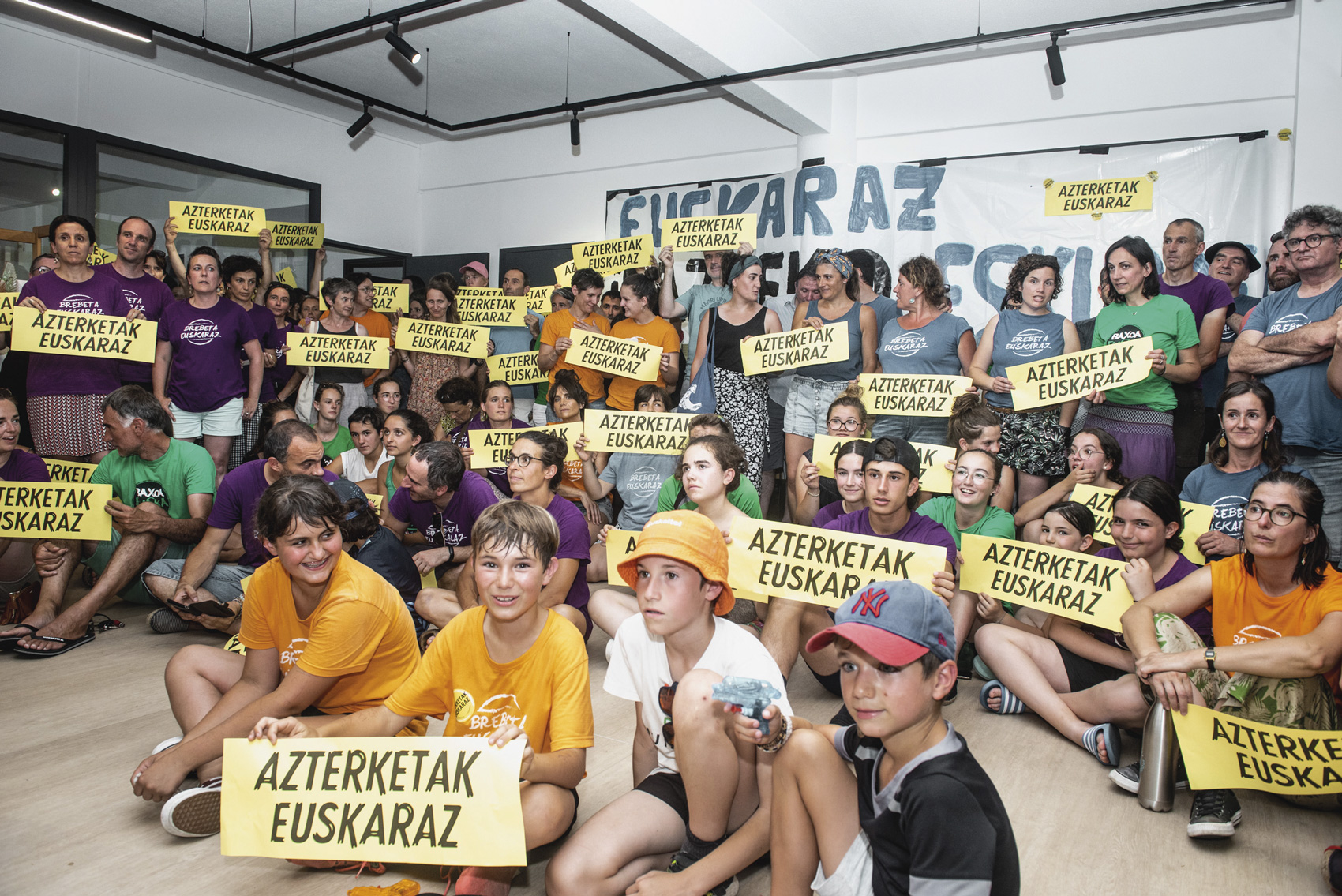Analysing the causes of the transformation of the Basque people
- In the 1990s, Gatika (Bizkaia) became a claim to many and all houses built at that time were sold. In turn, the use of the Basque Country decreased from 90% to 71%. About 300 more houses are planned, and it is time to start thinking about how to deal with the influence it may have in the language, as there are more tools than before, among them, Article 7 of the Municipal Law.
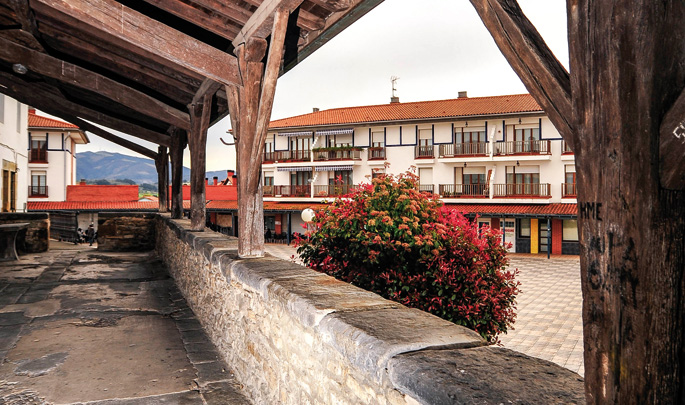
Can you imagine that knowing how to speak in Basque is an indispensable condition to be a permanent neighbor of the Basque Country? In the Åland Islands (Finland), Swedish is required to be permanently inhabited: the island government has the capacity to give right of residence and the third requirement is to be able to speak in Swedish in order to obtain that right. This example was analyzed, among others, in the Territory and Language Days, in 2014, by the language protection laws that it has approved as a significant example of the respiratory zone of the language.
Also with the aim of protecting the language, we have recently known the idea of building 366 abandoned homes in Bangor, Wales. The decision has not been taken arbitrarily: since the Planning Law of the area was amended, the authorization of any urban project requires a prior analysis of the impact it may have on the loss.
Several experiences of the Linguistic Impact Assessment (ELE) measuring tool have been addressed in the Territory and Language conferences held for the third time. Organized by UEU, UEMA, the Provincial Council of Gipuzkoa and the Council, they were held on 12 May in Donostia-San Sebastián, under the motto Present and Future.
The days come at the right time, as the recent Municipal Law approved by the Basque Parliament expressly states the following: “The approval procedure for projects or plans that may have an impact on the socio-linguistic situation of the municipalities of Euskaldunes will assess the impact that such initiatives may have on the normalization of the use of the Basque Country and propose measures that are deemed appropriate in the light of the results of that evaluation.” Therefore, as underlined by UEMA, “legal support has also been given to the LAE, establishing the need to analyze the impact of urban planning on the language”. In fact, talking about binomial territory and language is talking about the impact that urbanism has on the use of Euskera. We have already seen the evolution of the municipalities that have been designated as centers of inspiration for the Basque Country, among others, as a consequence of the massive construction: the decrease in the use of the Basque Country – the number showed the analysis of the evolution of the municipalities of Euskaldunes carried out by Iñaki Iurrebaso in 2014. Of course, data is not always accurate mathematics, but it helps to understand the situation.
Gatika, an Basque people?
Gatika is one of the examples mentioned in the Iurrebaso report. Six kilometres from Mungia, in the region of Uribe-Kosta, the village consists of nine scattered neighbourhoods with population centres (including the Luberrietaondo urbanization) and individual houses and villages. They live about 1,660 people. In 2001 it was 1,295 and in 1991 912 (Eustat). The growth of the neighbours is evident. The construction process has played an important role in the boom: Between 1991 and 2011, the houses doubled, from 340 to 706 in Gatika. Councilwoman and member of the UEMA Board of Directors, Onintze Amezaga, explained to us that “in the decade of 1994-2004 the largest number of dwellings was built and, although later more dwellings have been built, they have not been built in these quantities”.
Houses upstairs, Basque downstairs
Over time, the construction process and the decrease in the use of Euskera merge. When Gatika entered UEMA in 1991, the Basque knowledge was 90%. By contrast, in 2011, the unemployment rate stood at 71%. According to data from the CAPV socio-linguistic survey of 2012, from the 4th socio-linguistic area (80% or more of the Basque population) it descended to the 3rd area (50-80%). Therefore, Gatika barely exceeds the 70% index established by the UEMA to be an Euskaldun municipality. Amezaga acknowledges that “according to the surveys, the number of Euskaldunes has fallen, but the most painful fact is that, for those of us who are Basques, the use has decreased among the Vasco-speakers”. However, “Although the arrival of Castilian speaking people from cities has influenced, I do not think it was the only factor. Many of the built dwellings were appraised by the kittens, and many of the over-the-counter dwellings were purchased by the neighbors.” In the same vein, we have heard from Jose Mari Markaide, a municipal councillor known in Basque: “The houses were built out of necessity and yes, in the initial phase most people came from outside, but in the second and third phase the kitkarras mostly got into the new houses.” In his opinion, speaking more Spanish is not only for the new houses: “I think it’s more because we Basques don’t speak in Basque. Notice: in the pensioners’ homes most are Euskaldunes, but most are heard Spanish.”
In Gatika you can do in Basque
In order to change this trend, several citizens have carried out a process of reflection around the revitalization of the Basque country, driven by Topagunea. They have decided to set up the Gurasolagun programme and to set up a group that will influence local businesses. According to Amezaga, “the process brings new forces to the kittens to think about the future of our language.” But he insists that we should not forget “the responsibility that each person has on this issue, because sometimes the easiest thing is to put ourselves in the hands of others.” Markaide is also clear: “In Gatika you can live in Basque! You can’t do it in Basque, but what you need is for us all to commit to doing it.” Both recognize that around the town square you hear children and mothers speak Spanish, and “there you have to make an effort to change the trend, not only the City Hall, but also us and the Vasques of Gatika,” added Amezaga.
The ghost knocks on the door
Another feature of the return to the Åland Islands is that the right to be a permanent neighbour is essential to have a right of ownership. Professor of the UPV/EHU Unai Fernández de Betoño has explained on more than one occasion that the rapid urbanization processes radically transform the culture of the peoples. Perhaps that is why the new Gatika General Plan is being carefully used from the City Hall. Pending the approval of the Provincial Council of Bizkaia, the plan provides for the construction of 294 houses (currently 565 occupied, 156 vacancies). Markaide has described as "scandalous" the number of housing provided by the project, which in his opinion is "insufficient". “There is a need, but not for that much.” It therefore believes that in the elaboration of partial local plans, account should be taken of what is included in the Municipal Law in relation to linguistic standardization. Amezaga has stressed that “surely not all houses will be built and before building the houses, each area will have to be managed at the urban level, always complying with the law”.
Gabonetako argiak pizteko ekitaldia espainolez egin izanak, Irungo euskaldunak haserretzeaz harago, Aski Da! mugimendua abiatu zuen: herriko 40 elkarteren indarrak batuta, Irungo udal gobernuarekin bildu dira orain, alkatea eta Euskara zinegotzia tarteko, herriko eragileak... [+]









